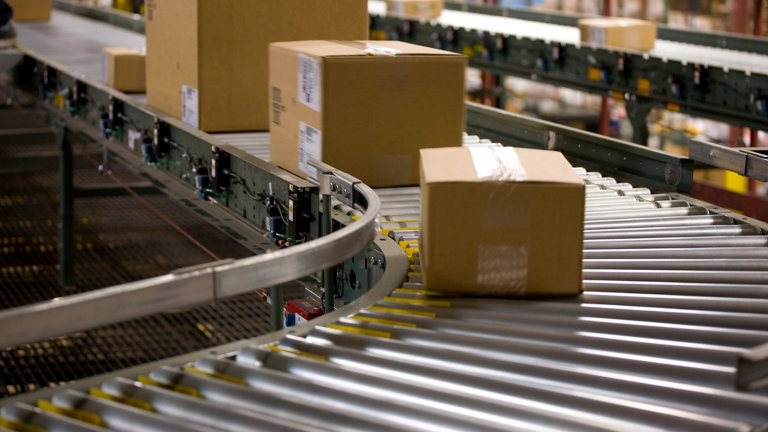By Jonathan Johnson, Senior Technical Consultant and David Main-Reade, Manager, Global Products, Standards and Regulations, Rockwell Automation
Cyberattacks can do more than disrupt operations and compromise sensitive data — they can put lives at risk. And now, legislation is emerging to address machinery safety risks that originate from security vulnerabilities.
In Europe, the New Machinery Regulation, expected to go into effect in 2023, will be the first major legislation worldwide requiring companies to address security-based safety risks in machinery. Global industrial standards are also evolving to address safety in the context of security.
Addressing safety and security together already was a good practice. Soon, it will be required by law. Being proactive and educating yourself on what’s required can help you be prepared — and compliant — when the law goes into effect.
What’s in the Law
The New Machinery Regulation will repeal the existing Machinery Directive (2006/42/EC) and will be a mandatory requirement for any machine builder that produces or sells machines in the European Union (E.U.).
Among the changes in the new regulation are requirements that machines must protect against corruption. These requirements include:
- Machines must be designed and built so connections to other devices do not lead to hazardous situations.
- Connected hardware components, software and data critical to EHS compliance must be protected against accidental or intentional corruption.
- Machines must identify software necessary for safe operation of equipment.
The proposed law will also require that control systems be designed and built to withstand intended and unintended external influences, including malicious third-party attempts to create hazardous situations. It also will require mitigation from potentially dangerous consequences of physical and digital cyberattacks.


